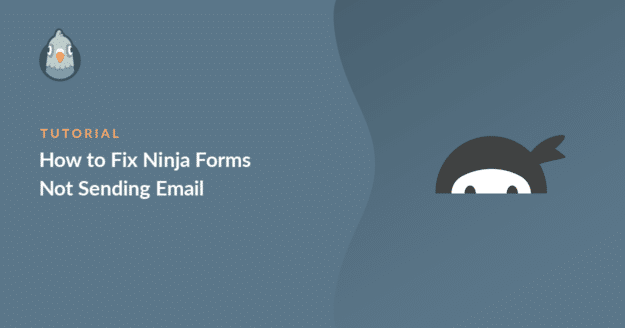AI Summary
Working with Ninja Forms on WordPress sites can be super frustrating if you’re not receiving your contact form submission emails.
Missing form submissions can seriously impact your business. When potential customers fill out your contact form but you never receive their message, you’re losing valuable opportunities without even knowing it. And this issue is more common than you might think.
The good news is that this problem has nothing to do with Ninja Forms itself. Instead, it’s related to how WordPress handles emails. The function WordPress uses to send emails often isn’t properly configured on many hosting servers. This leads to emails being marked as spam or not being delivered at all.
In this tutorial, I’ll show you exactly how to fix Ninja Forms not sending email using WP Mail SMTP. This plugin redirects all of the emails from your site through a 3rd party mailer service. That way, your emails are properly authenticated and reach the right inbox. It’s the most reliable way to ensure your form submissions actually reach your inbox.
Fix Your Ninja Forms Emails Now
How To Fix Ninja Forms Not Sending Email
There are a few reasons for Ninja Forms not sending email. I’ll walk through them in the steps below, and provide a comprehensive guide to fixing the problem.
- Step 1: Check Your Ninja Form Settings
- Step 2: Install WP Mail SMTP for Ninja Forms
- Step 3: Send All Emails From the Same Address
- Step 4: Stop Email From Ninja Forms Going to Spam
- Next, Track More User Activity On Your Site
Step 1: Check Your Ninja Form Settings
If you’re not getting emails from a contact form or other form built in Ninja Forms, try filling out the form yourself to make sure it’s submititng properly. If you get a thank you page or success message after you submit the form, it means the form is working but your email notifications aren’t coming through.
The first troubleshooting step is look at the settings on your form to find out why it’s not sending email.
To start, click Ninja Forms » Dashboard.
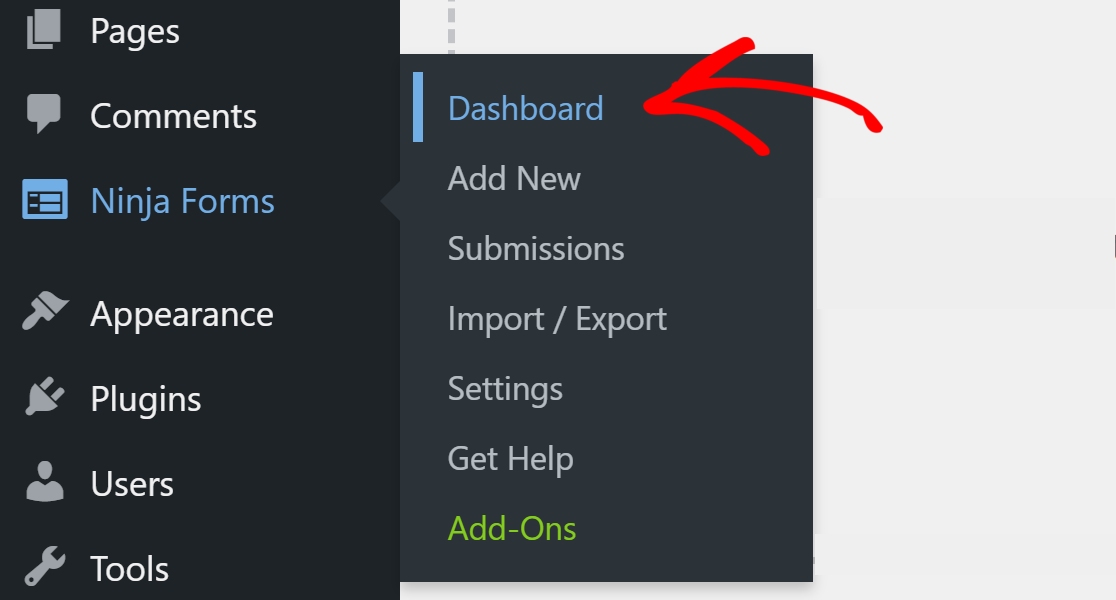
Next to the form, click the gear icon on the right to open up the options panel underneath.

Then click Edit to open the form builder and click the Emails & Actions tab to open the email settings for your form.
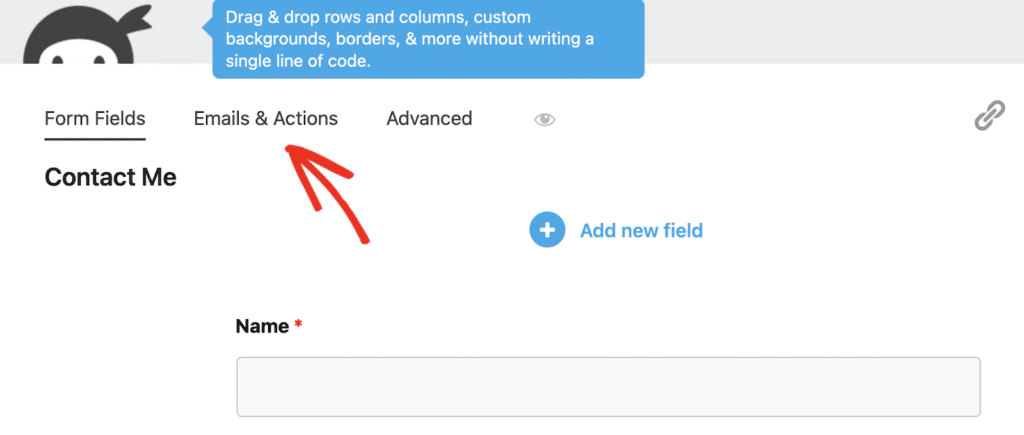
Ninja Forms lets you set up different actions that will trigger when your form is submitted. We’re going to look at the defaults here, but yours might look a little different.
On our default form, these are the 4 actions that Ninja Forms has added. You can see here that they’re all turned on.

We know that the Success Message works because we already tested the form. Let’s check the other 3 actions one by one.
You can click the gear icon next to each one as we work down the list.
Record Submission
Record Submission stores your entry in a basic list in WordPress. This is what our test entry looks like.

You can check the entries for any form by clicking View Submissions under the name of the form or by directly clicking Submissions in the Ninja Forms menu in your WordPress dashboard.
If the entries are being saved, we can move on and look at the email settings.
Email Confirmation
The next action on the list is Email Confirmation. In Ninja Forms, this is the email that should be sent to your visitor when they submit your form.
By default, this email will be sent to the email address provided on the form using the {form:email} Smart Tag, or merge tag.
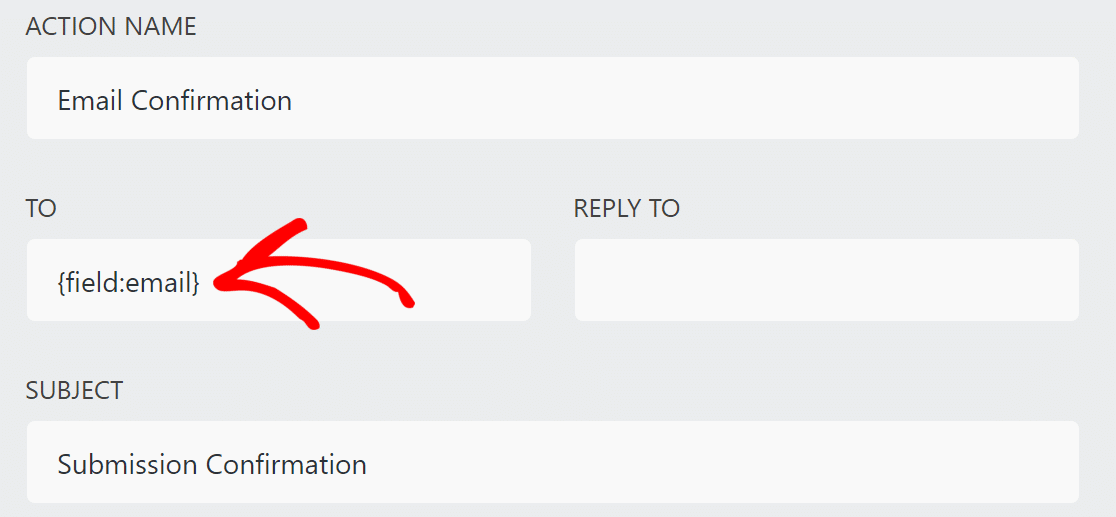
Ninja Forms says that having multiple recipients can cause deliverability problems. So while we’re testing, it’s a good idea to just have 1 email address or tag here.
Email Notification
The next action we need to check is the Ninja Forms Email Notification. This is the email that’s sent to the site owner with the entire contents of the form submission.
By default, this email will be sent to {system:admin_email}.
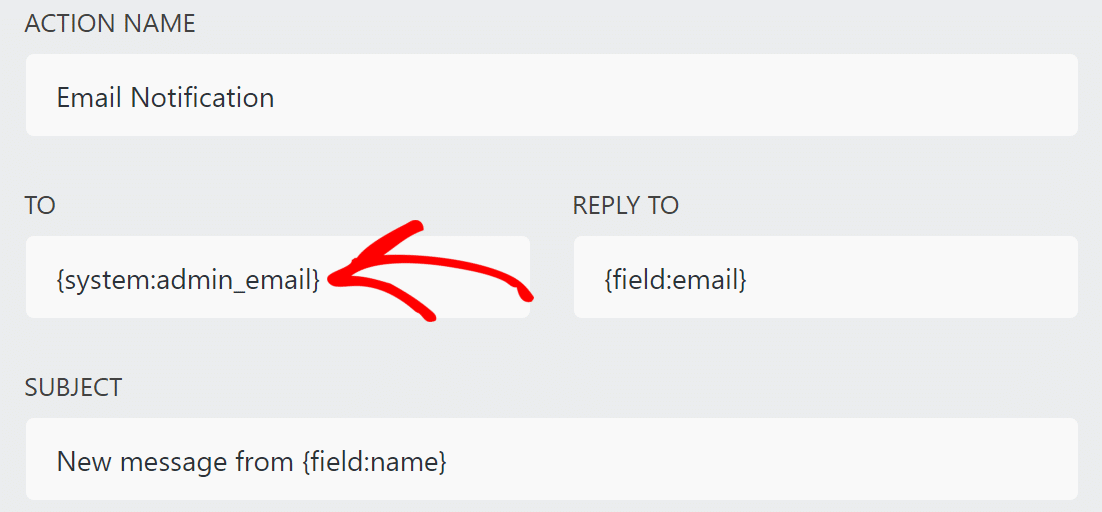
In case you’re wondering what {system:admin_email} means, it’s the default WordPress admin email address. Here’s an easy guide to help you change the WordPress admin email if it’s wrong.
Keep in mind that Ninja Forms has 2 other email Smart Tags for notification email:
{wp:user_email}– the email of the user that’s currently logged in to WordPress{wp:post_author_email}– the email for the author of the post or page where the form is published.
If you add one of these to your Ninja Forms notifications by mistake, you might think Ninja Forms is not sending email when it’s actually sending messages to the wrong person. So it’s definitely a good idea to check that the tag you’re using is correct.
Spam Protection Settings
The next item that we want to check is the spam protection settings. If the Ninja Forms reCAPTCHA is not working, go to Ninja Forms » Settings.
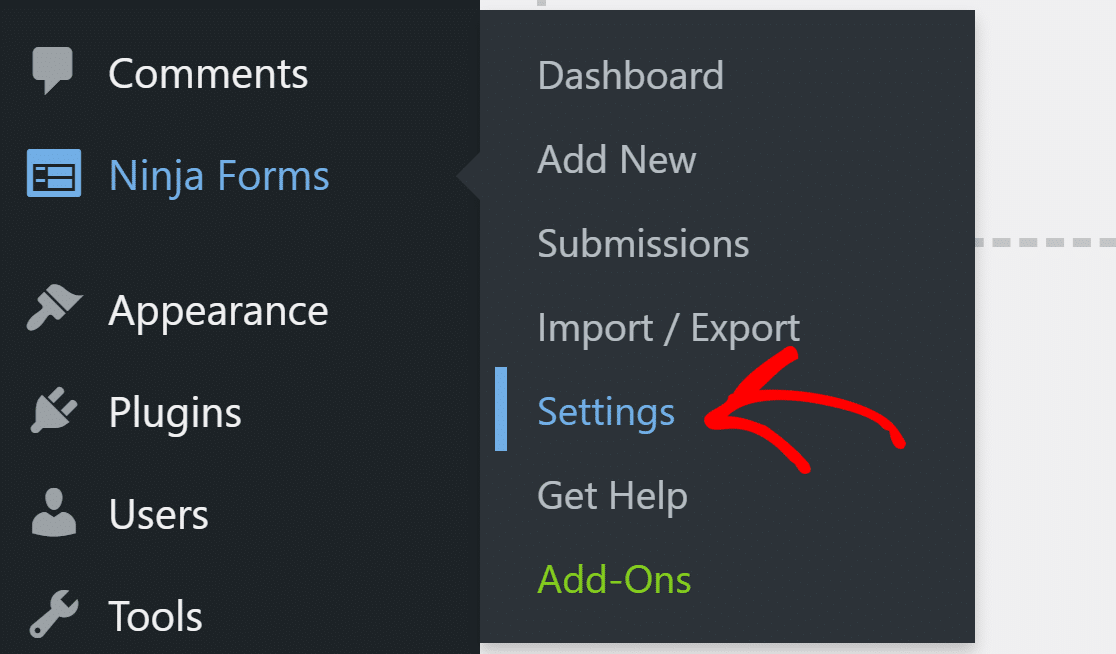
The forms sometimes don’t work due to incorrect spam protection settings. Under the reCAPTCHA Settings, check if you have entered the correct Site Key and Secret Key.

If you’ve checked everything so far and can’t spot any error, let’s use the best SMTP plugin to fix the Ninja Forms not working problem.
Step 2: Install WP Mail SMTP for Ninja Forms
WP Mail SMTP is the best SMTP (Simple Mail Transfer Protocol) plugin for WordPress. It’ll deliver your Ninja Forms emails through a 3rd party mailer service to solve delivery problems.
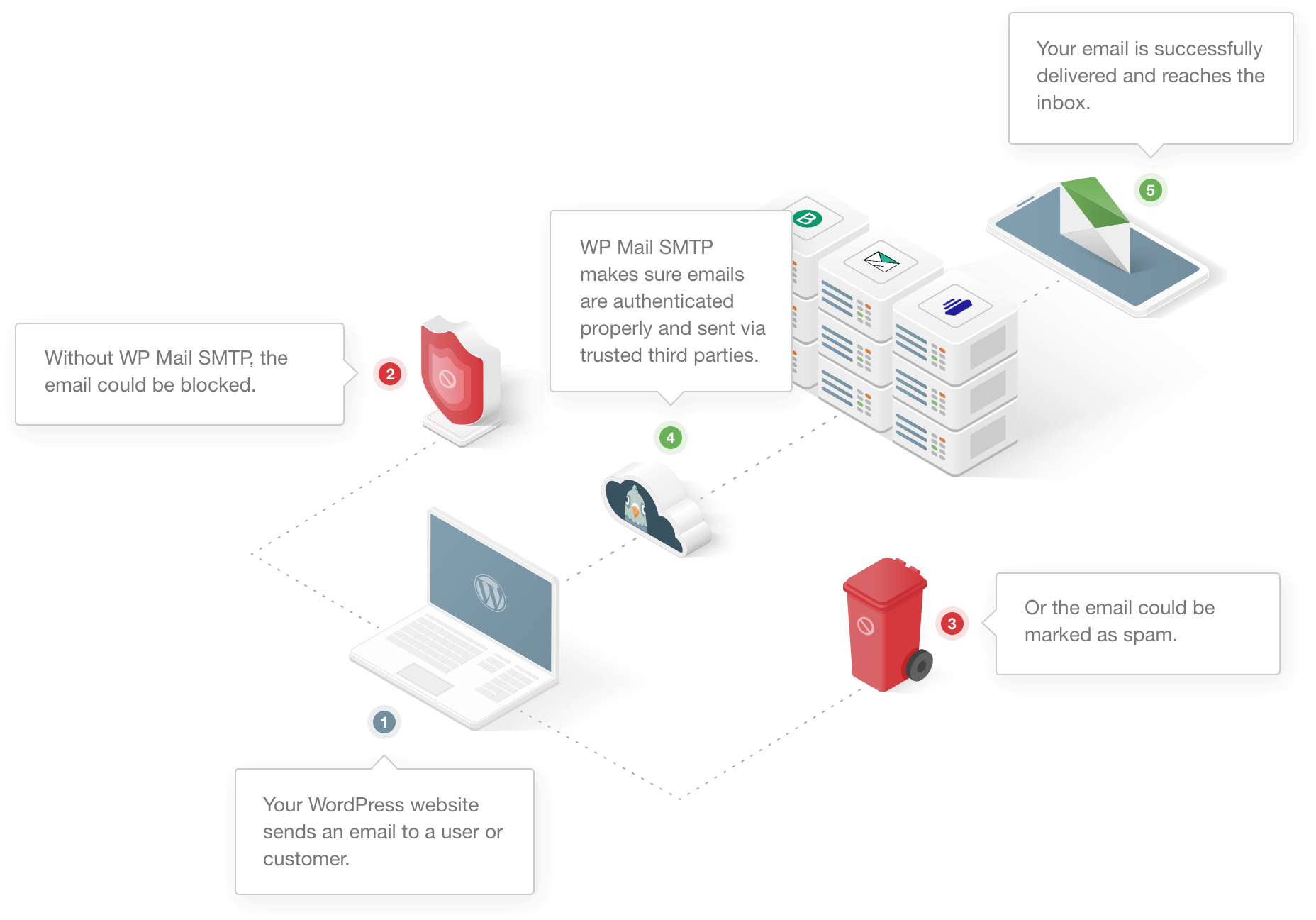
The great thing is that you can choose from tons of different mailer services. There are free and paid options to choose from.
The email service will add correct authentication to the emails so that they reach the right inbox. This will also prevent them from being sent to the spam folder.
Let’s go ahead and set up WP Mail SMTP on your WordPress site now.
Install the WP Mail SMTP Plugin
To fix Ninja Forms emails not sending once and for all, you’ll need to get the WP Mail SMTP plugin installed on your WordPress site.
You can use either the Lite (free) plugin or get a paid license. While lots of users start out with the free plugin, WP Mail SMTP Pro includes tons of cool features and benefits that make it easier to manage your WordPress emails.
For example, you can use more email services with WP Mail SMTP Pro, including one-click setup for Gmail and Outlook, which is a HUGE time saver. It also includes email alerts so you can get a notification on your phone or in Slack/Discord/Teams if an email fails to send. On top of that, you can set an automatic backup connection that kicks in if your primary email service fails.
Option 1: Install WP Mail SMTP Pro
If you’d like to go ahead and buy a license for WP Mail SMTP to get access to all the features, it will save you some time later.
Once you’ve purchased a license, go to your WP Mail SMTP account, and under the Downloads section, click the orange button to download the latest version of the plugin file.
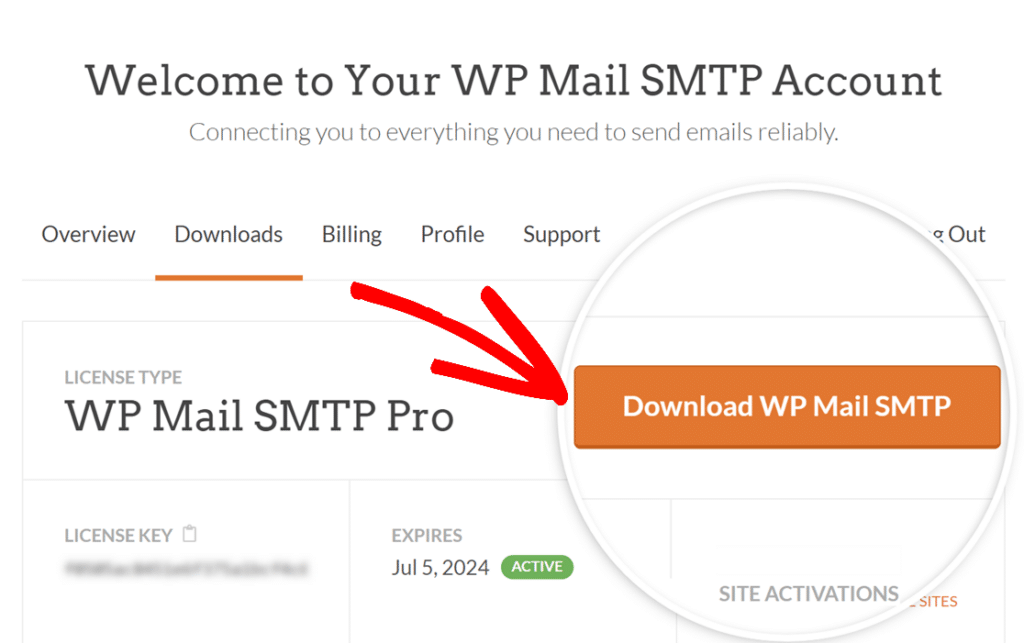
Switch back to your WordPress dashboard and upload the zip file to the plugins page. If you need help with this step, check out this beginner’s guide to installing a plugin in WordPress.

Don’t forget to activate the plugin before moving on. As soon as you do that, the Setup Wizard will start in your browser. This makes it easy to configure the plugin.
If you’re not ready to start the wizard right now, you can come back and restart it by clicking the Launch Setup Wizard button in the plugin settings.
Option 2: Install WP Mail SMTP Lite
If you want to try out the free version of WP Mail Lite without the extra features, just go to your WordPress dashboard and navigate to Plugins » Add New.
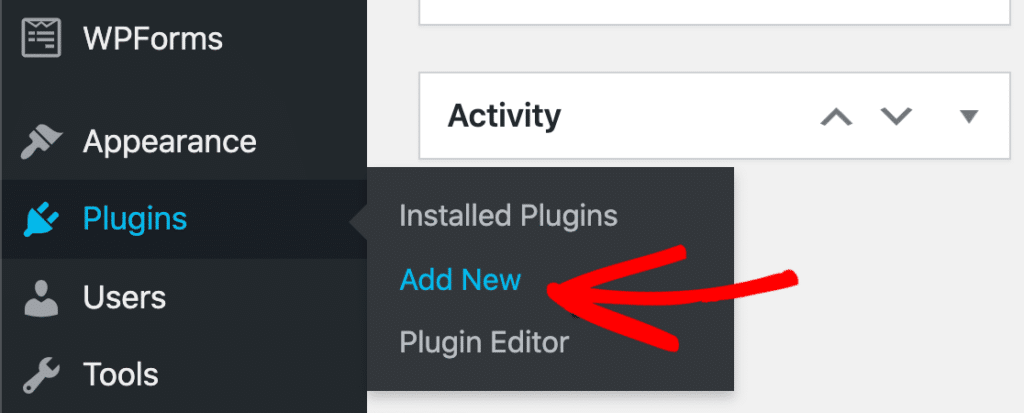
In the search box at the top right, type “WP Mail SMTP” and press Enter. Look for the plugin by WPForms – it’s the one with over 3 million active installations and great reviews.
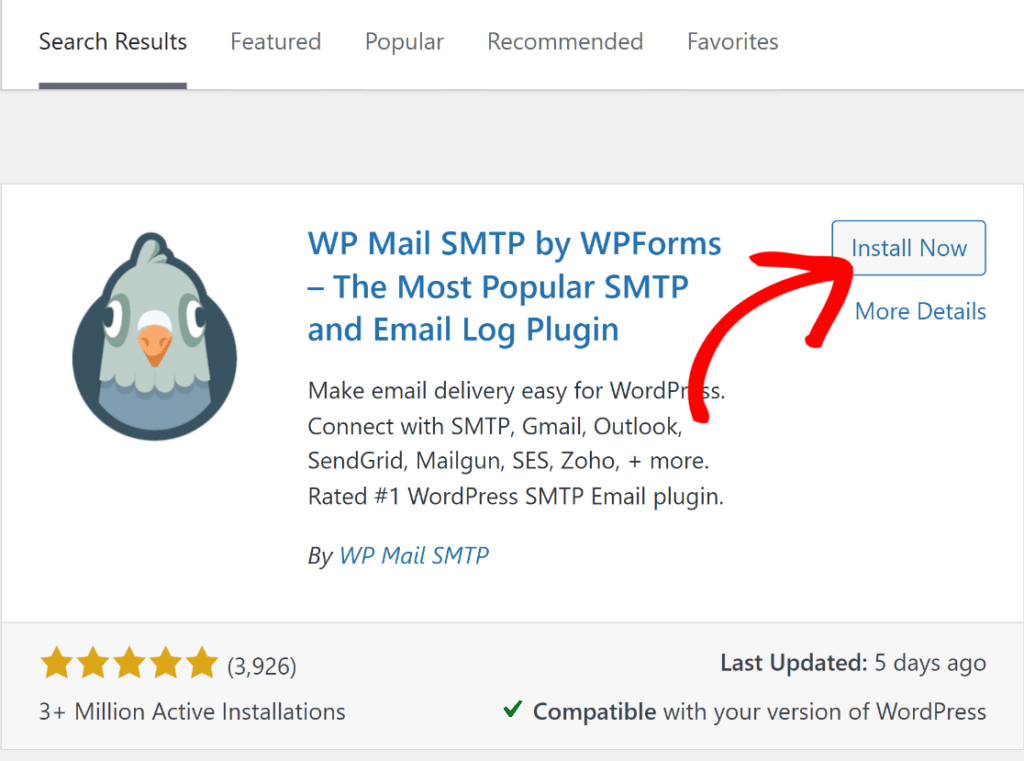
Click the Install Now button next to WP Mail SMTP. Once the installation is complete, the button will change to Activate. Click it to activate the plugin on your site and start the setup wizard.
Choose a Mailer Service
Now it’s time to choose the mailer service. This will add authentication to the emails and will fix the Ninja Forms email not sending issue.
To start the wizard, click the Let’s Get Started button.
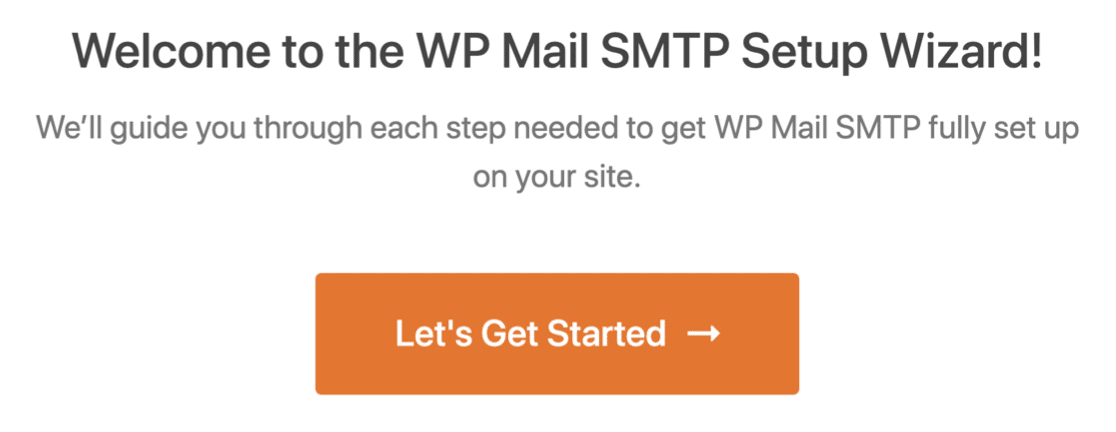
WP Mail SMTP offers a wide range of options for the mailer service.
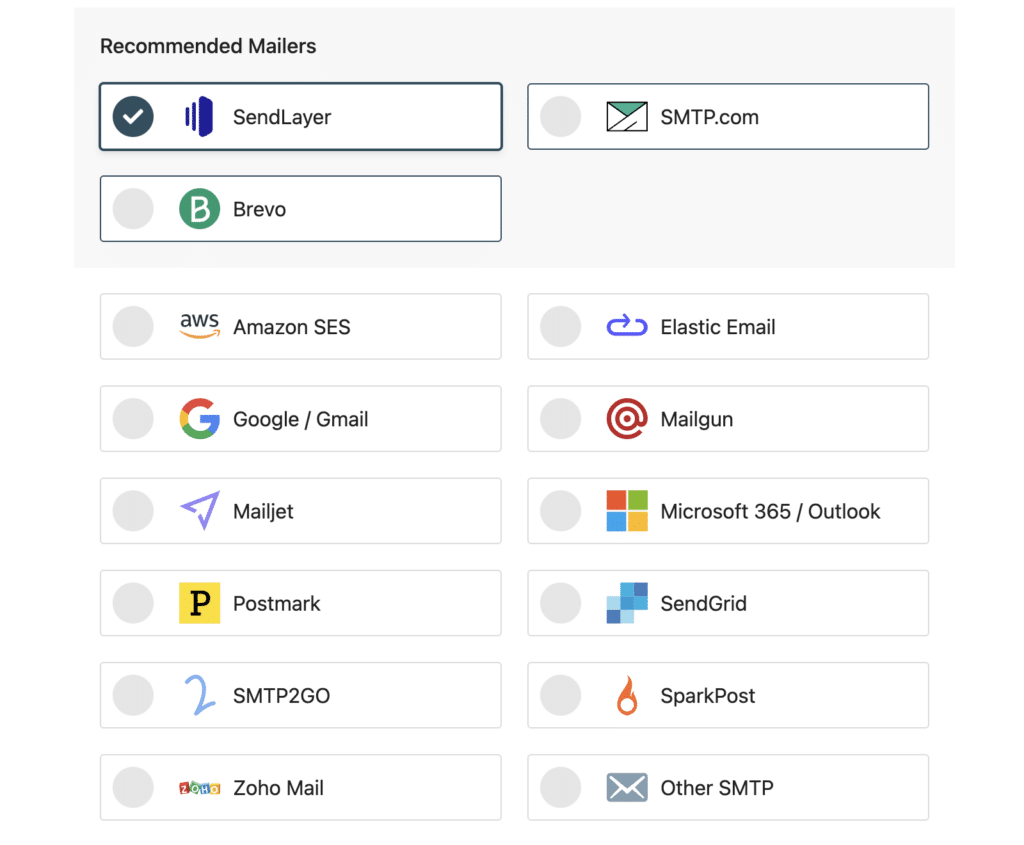
I recommend SendLayer, SMTP.com, or Brevo (formerly Sendinblue) because they’re reliable and easy to set up.
Once you choose the mailer, you’ll want to switch over to our documentation so that you can complete the set-up steps. We’ve created detailed guides for each email provider:
If you’re using WP Mail SMTP Pro and want to set up multiple mailers, you can do so in the Additional Connections settings once you’ve finished the Setup Wizard. Then you can select a Backup Connection and configure Smart Routing.
When you’ve set everything up on your website, come back to this guide to enable email logging on your site.
Turn on Email Logging (Optional)
In this step, you can enable or disable the email features you want. You will have two options enabled by default.
- Improved Email Deliverability
- Email Error Tracking
If you have our Pro version or higher, you can also turn on Detailed Email Logs and the Weekly Email Summary. This will help you to keep track of all emails that are sent out from your site.
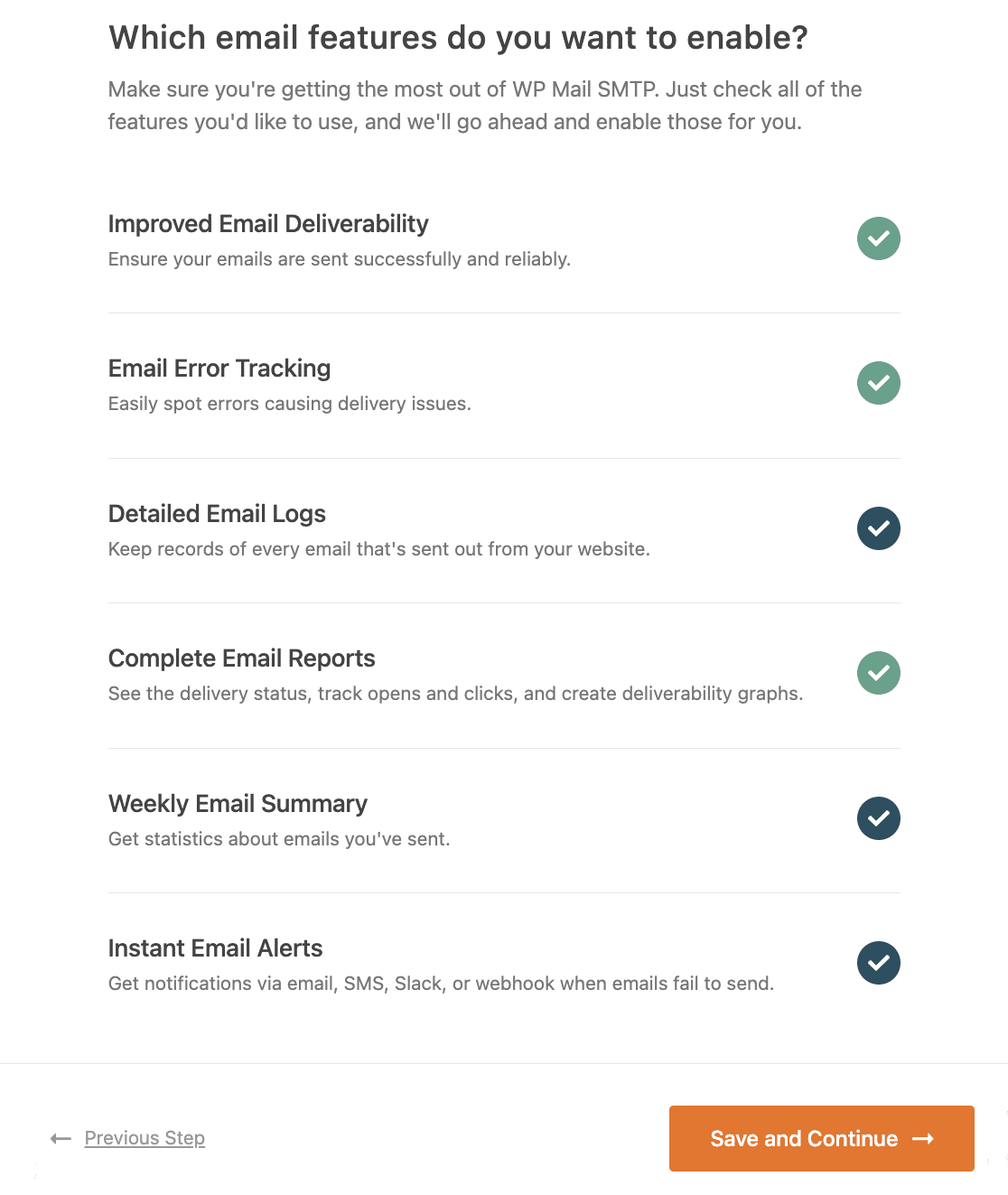
If email logging is enabled, you can see your emails’ delivery statuses and other important information in Complete Email Reports as well as the WP Mail SMTP Dashboard Widget.

The other feature available here is Instant Email Alerts. This will let you know right away if your site fails to send an email so that you can fix the problem quickly.
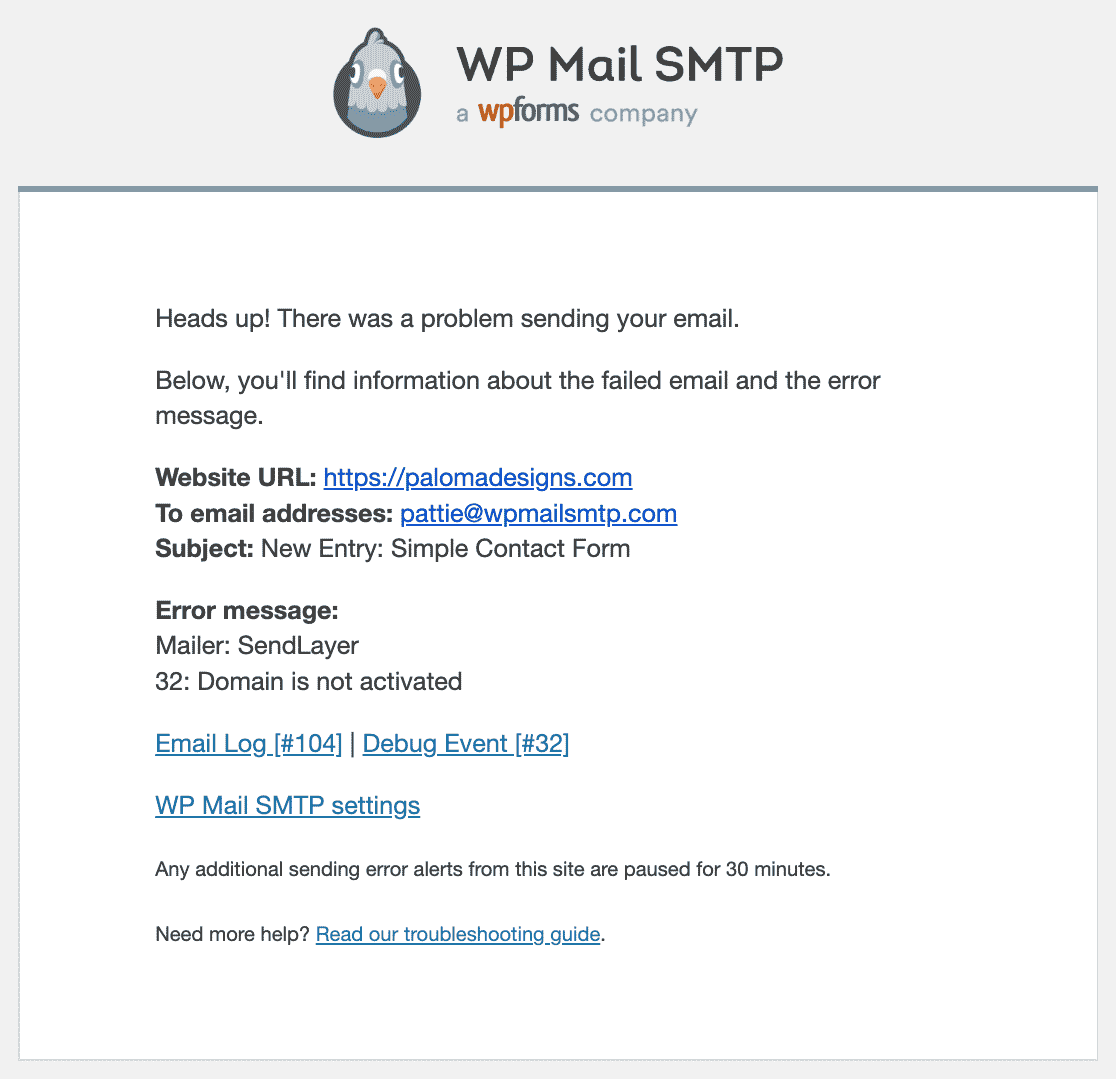
Next, there are some advanced email logging options you can enable.
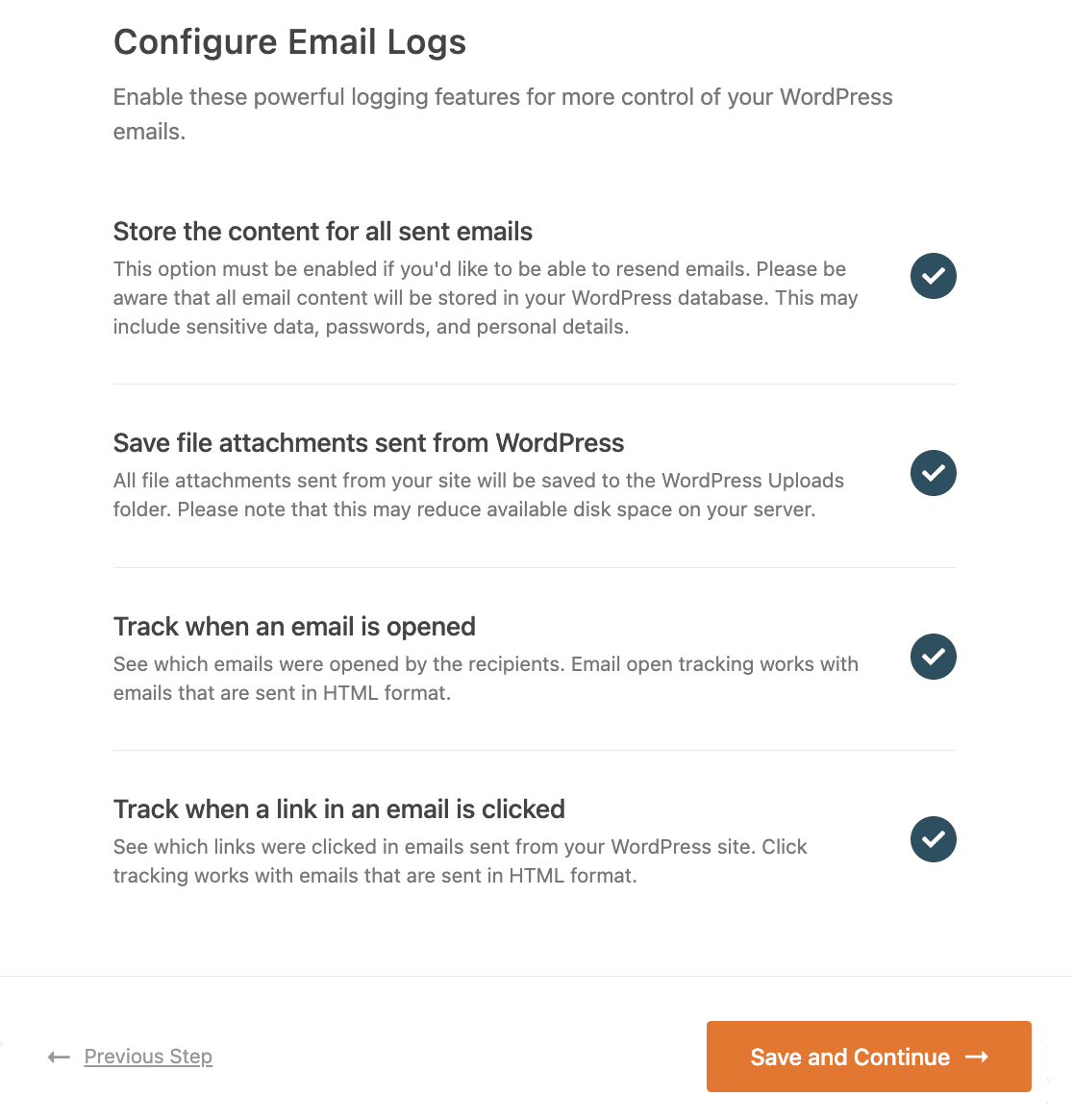
These features let you save email content and attachments and track email opens and link clicks. Read our article on how to log WordPress emails to see how these features work.
For the last step, go to your WP Mail SMTP account, copy the license key and paste it into the box. This will enable automatic updates to the plugin.

And that’s it! We’ve walked through all of the steps to fix Ninja Forms not sending email on your website. You’ll receive an automatic test email to confirm that your settings are live.
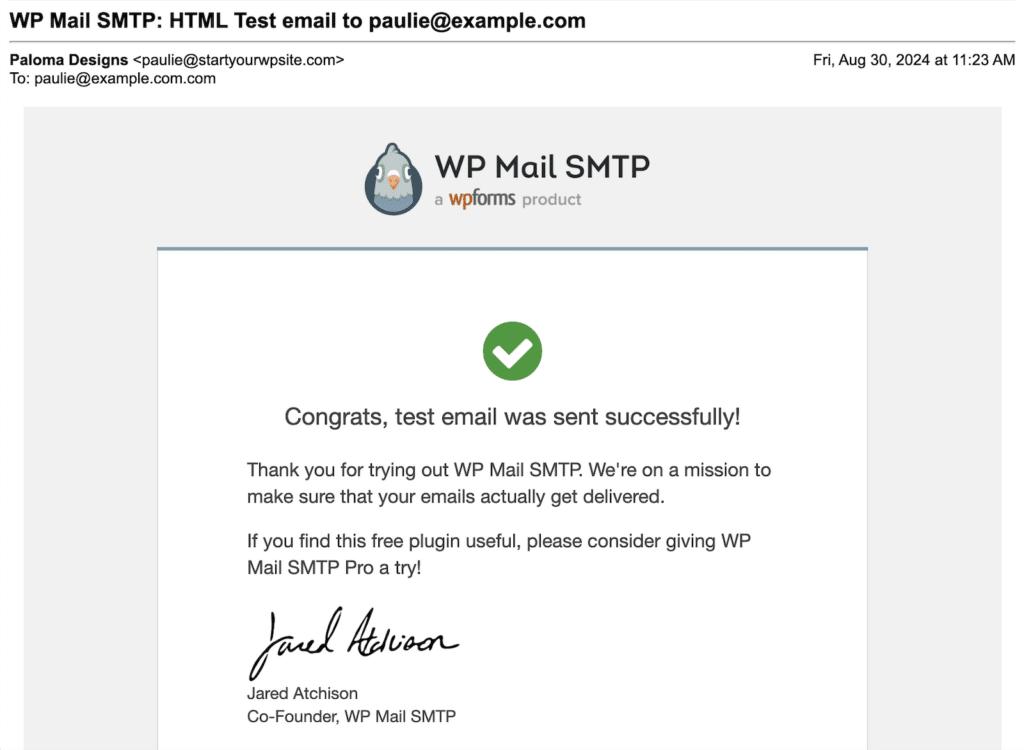
Finally, let’s take a look at an easy way to make sure that every email is sent from an authenticated address.
Step 3: Send All Emails From the Same Address
Most of us use a bunch of different plugins to send email from WordPress. Now that you’ve set up WP Mail SMTP, it makes sense to have all of your plugins use the same From Email.
Instead of going through each plugin individually, you can force the same sender address across all of your plugins.
To do that, go to the WP Mail SMTP » Settings.
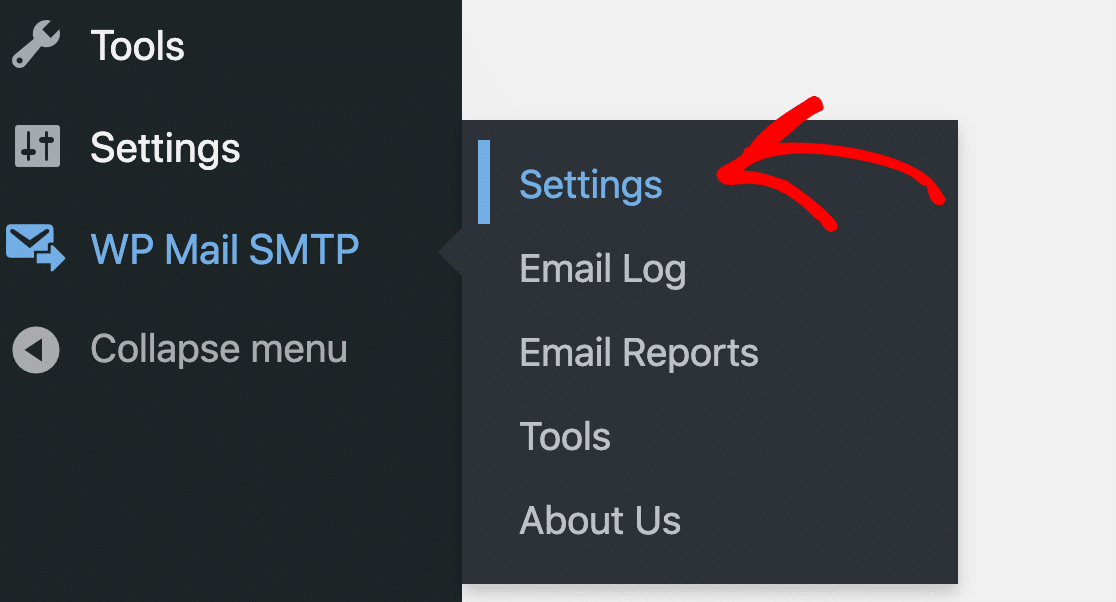
In the From Email section, check Force From Email.
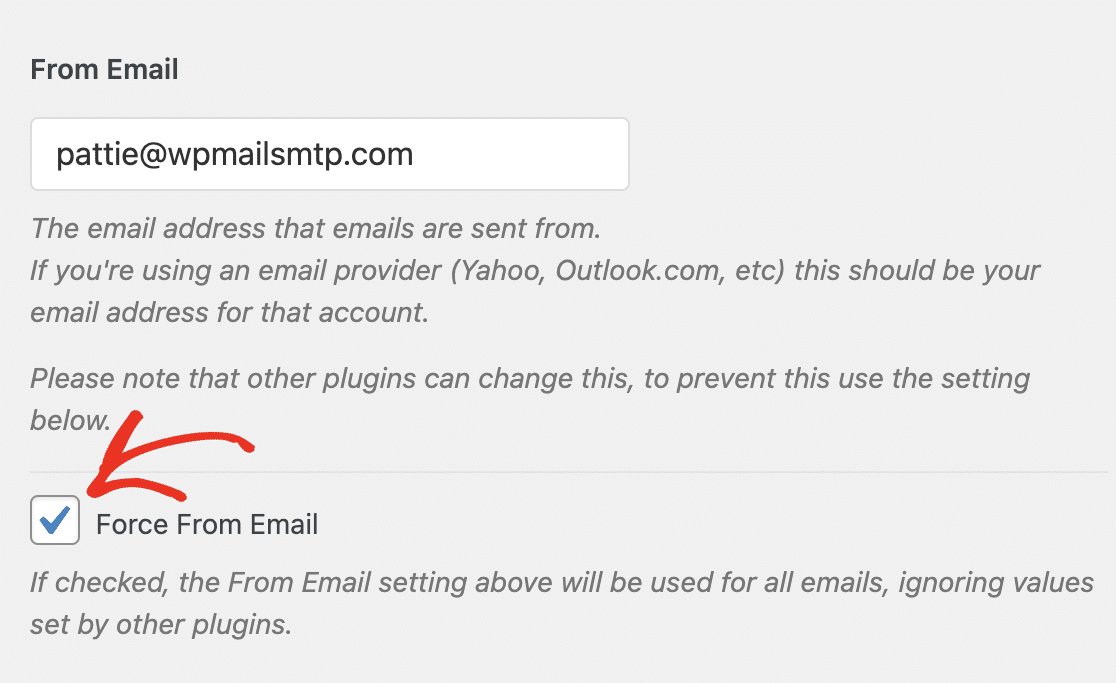
Once you save your settings, all of the plugins on your site will send email from the same address.
If you tried to do this and the setting was grayed out, it’s likely that your email provider only allows you to use 1 From Email. When we detect this, we gray out the setting.

And that’s it! Now all your emails are being sent from the email address you authenticated in WP Mail SMTP.
Are your Ninja Forms emails still going to spam? Here’s a final email delivery tip to fix that.
Step 4: Stop Email From Ninja Forms Going to Spam
If emails from Ninja Forms are going to spam, you likely have an issue with your DNS settings.
Most email providers will ask you to add specific records to your domain’s DNS so that your WordPress emails are properly authenticated. If you don’t do this, your Ninja Forms emails may still go to spam.
WP Mail SMTP has a built-in Domain Checker that will scan your DNS for potential problems. You can try it out by sending a test email and then checking the results.
If you see orange or red icons, that means you may have missing DNS records that are causing the problem.
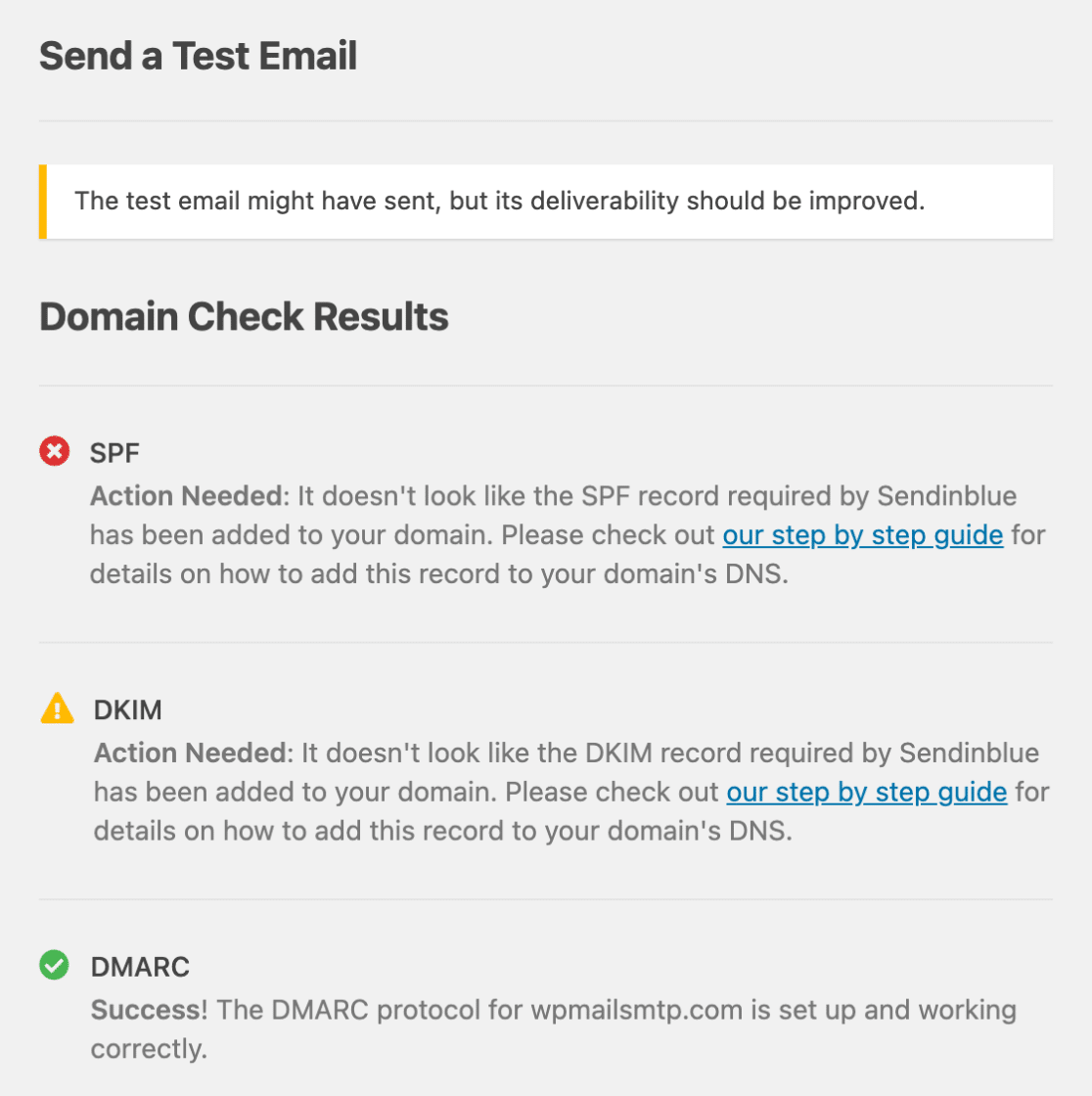
Ready to check your DNS? Our mailer documentation covers the steps for each email provider in WP Mail SMTP. But if you’re unsure about what these records do, check out our guide to DMARC, SPF, and DKIM.
You might also want to check whether you need to create a PTR record. If you’ve never come across PTR records before, we’ve got an article that explains what a PTR record is and why you might need one.
Fix Your Ninja Forms Emails Now
Next, Track More User Activity On Your Site
Now you’re tracking opens and clicks, you might be interested in more ways to monitor users on your site.
Tracking WordPress users can unlock tons of insights into the way they’re using your site and interacting with your content. If you have a multi-author blog, it’s also helpful to track the changes that logged-in users are making.
To get started, check out the best plugins to track user activity in WordPress.
And if you’re trying to add a sidebar to your site, see our article on how to create a custom WordPress sidebar.
Ready to fix your emails? Get started today with the best WordPress SMTP plugin. If you don’t have the time to fix your emails, you can get full White Glove Setup assistance as an extra purchase, and there’s a 14-day money-back guarantee for all paid plans.
If this article helped you out, please follow us on Facebook and Twitter for more WordPress tips and tutorials.

